Luna, a well-known 41-foot humpback whale, was a familiar sight along the East Coast for decades.
Tragically, on January 30, 2023, he was found dead on the shores of Long Island, marking the tenth whale stranding in the New York and New Jersey area in less than three months.
Rising Concerns Over Wind Farms
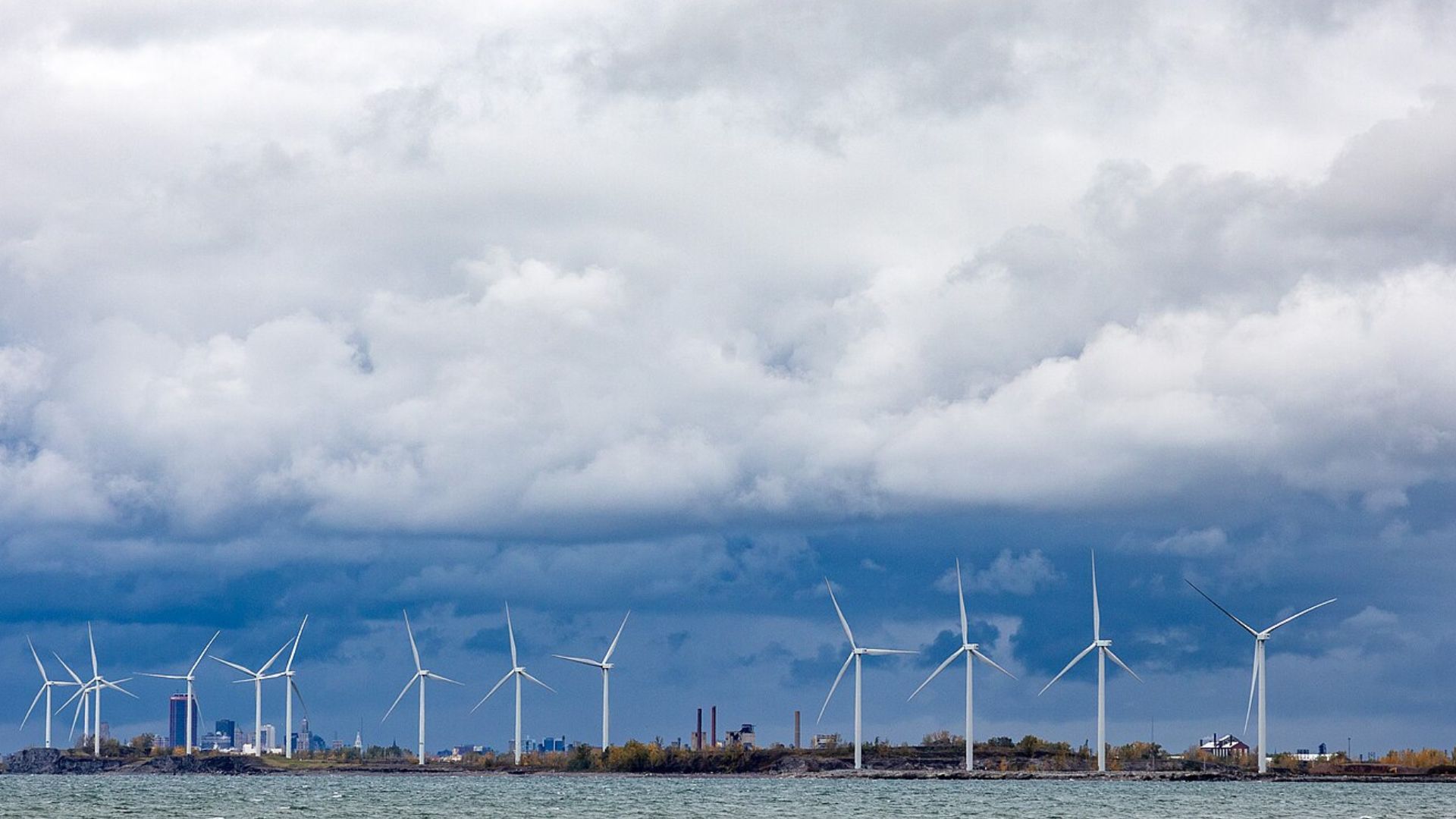
As the number of stranded whales increases, so do the concerns of environmentalists, local politicians, and everyday citizens.
Questions are mounting about whether the sonar used in offshore wind farm construction could be disrupting or even causing the death of these marine giants.
A Professor’s Startling Statement
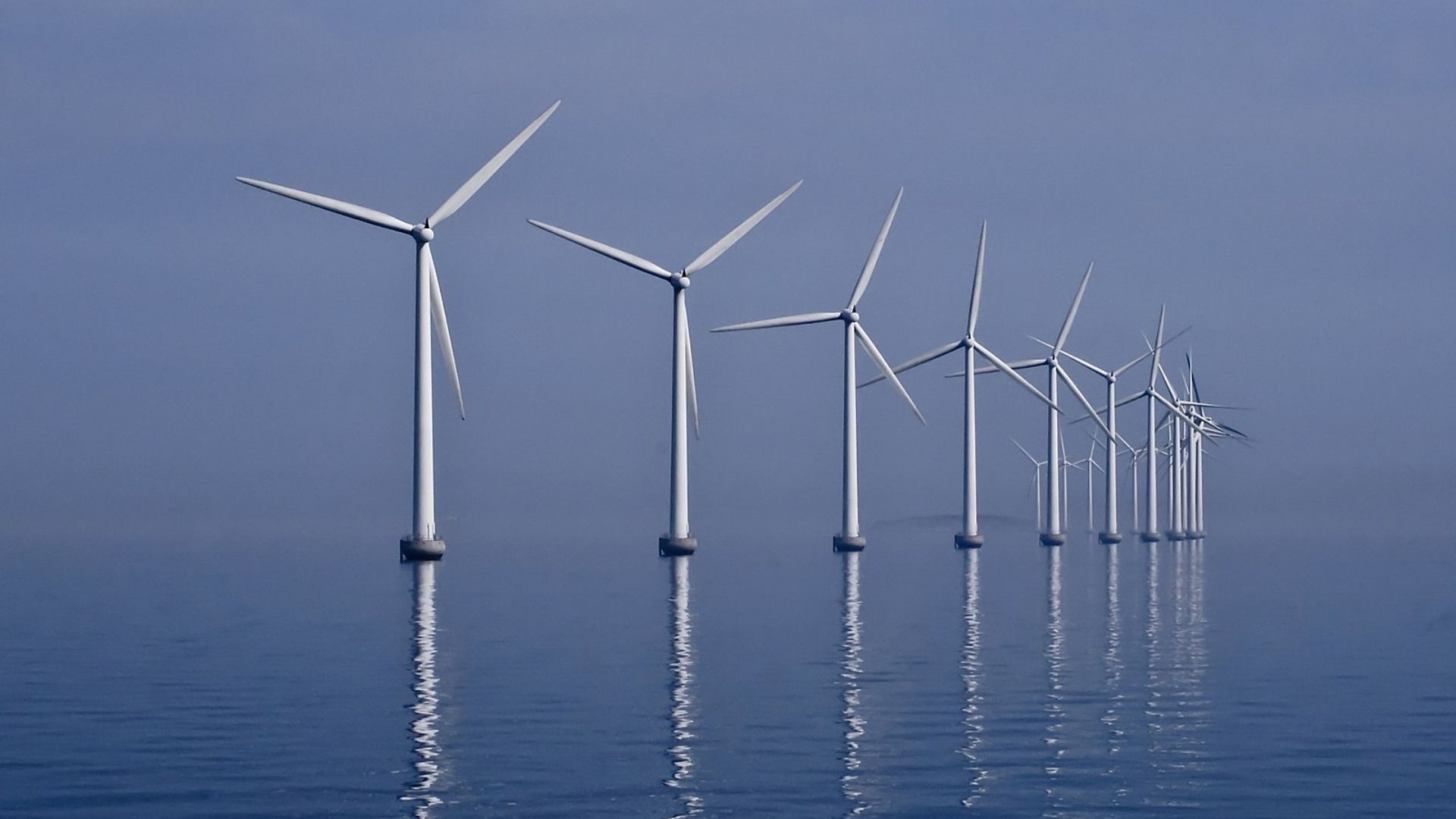
Apostolos Gerasoulis, a Rutgers professor emeritus and co-creator of the Ask.com search engine, has not minced words about his thoughts on the matter.
“Absolutely, 100 percent, offshore wind kills whales,” he claims, directly linking the whale deaths to offshore wind activities.
Searching for Answers
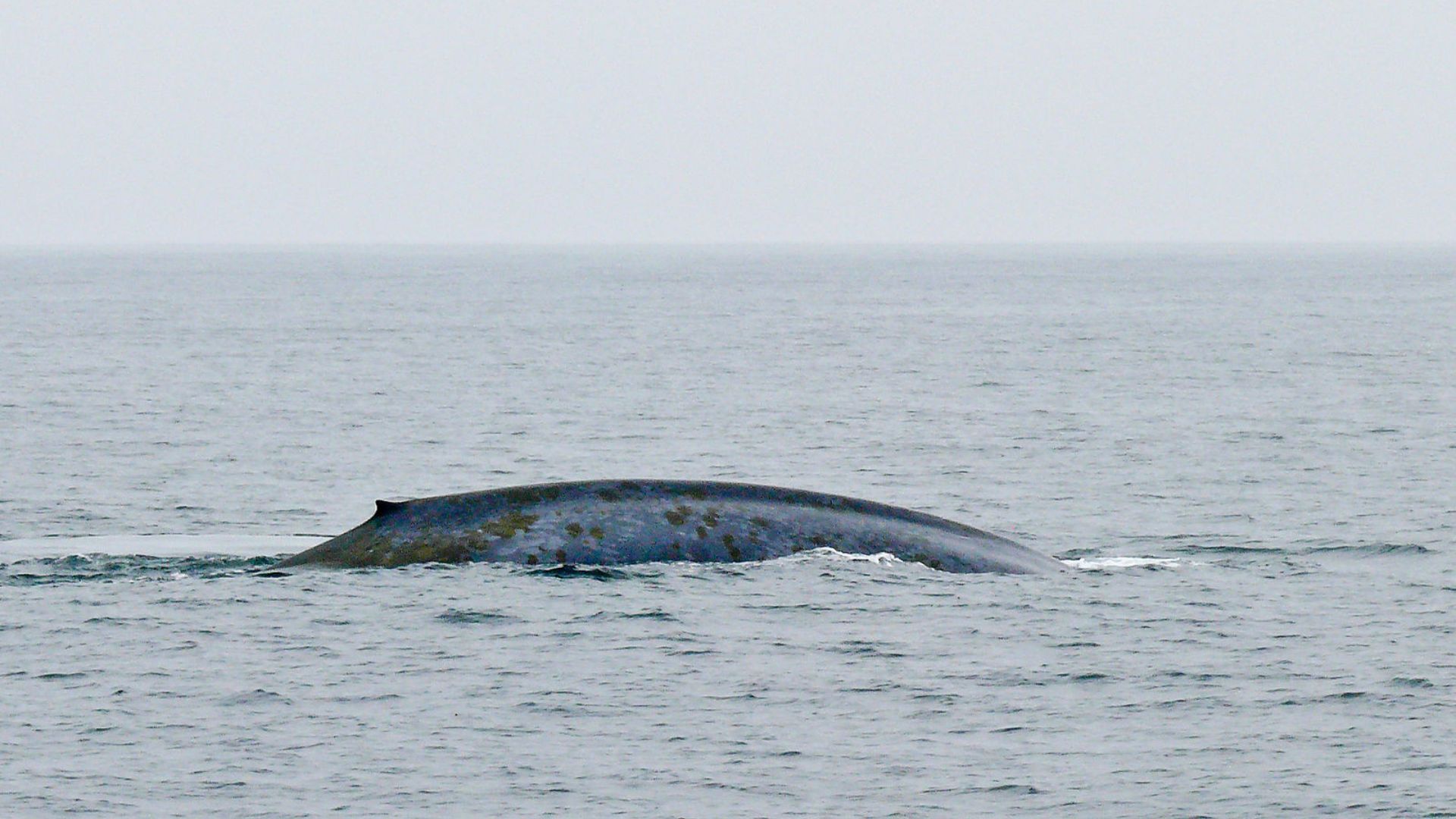
Spurred by the unsettling trend, Professor Gerasoulis launched a personal investigation earlier this year.
By mid-2023, he had developed “Luna,” a software named after the deceased whale, to explore potential connections between the whale deaths and offshore wind survey operations.
Official Stance Remains Unchanged
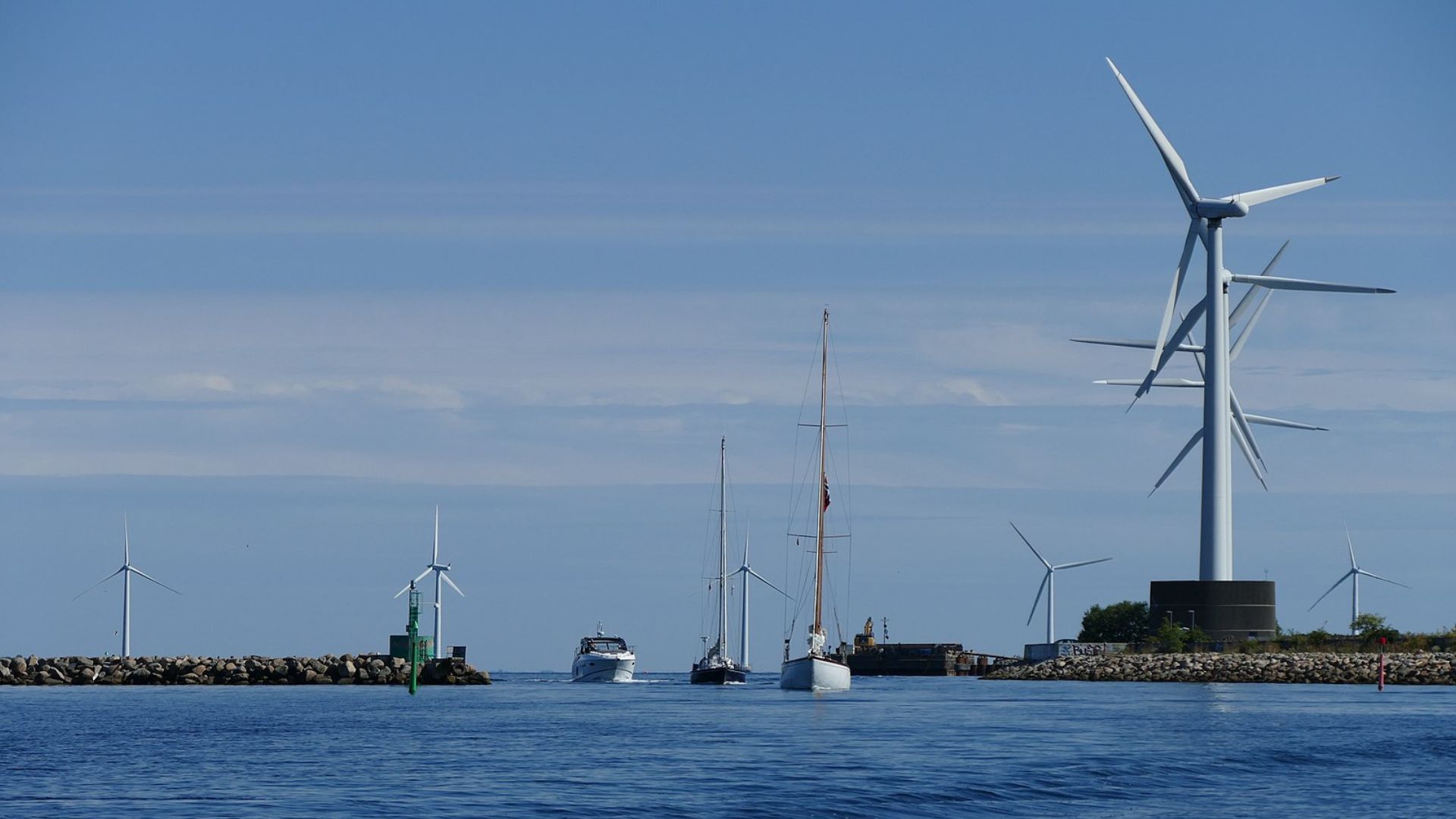
Despite the growing worries, NOAA continues to assert that there is no link between whale deaths and offshore wind projects.
Lauren Gaches, a spokesperson for NOAA Fisheries, firmly states, “To date, no whale mortality has been attributed to offshore wind activities.”
A Disturbing Pattern Emerges
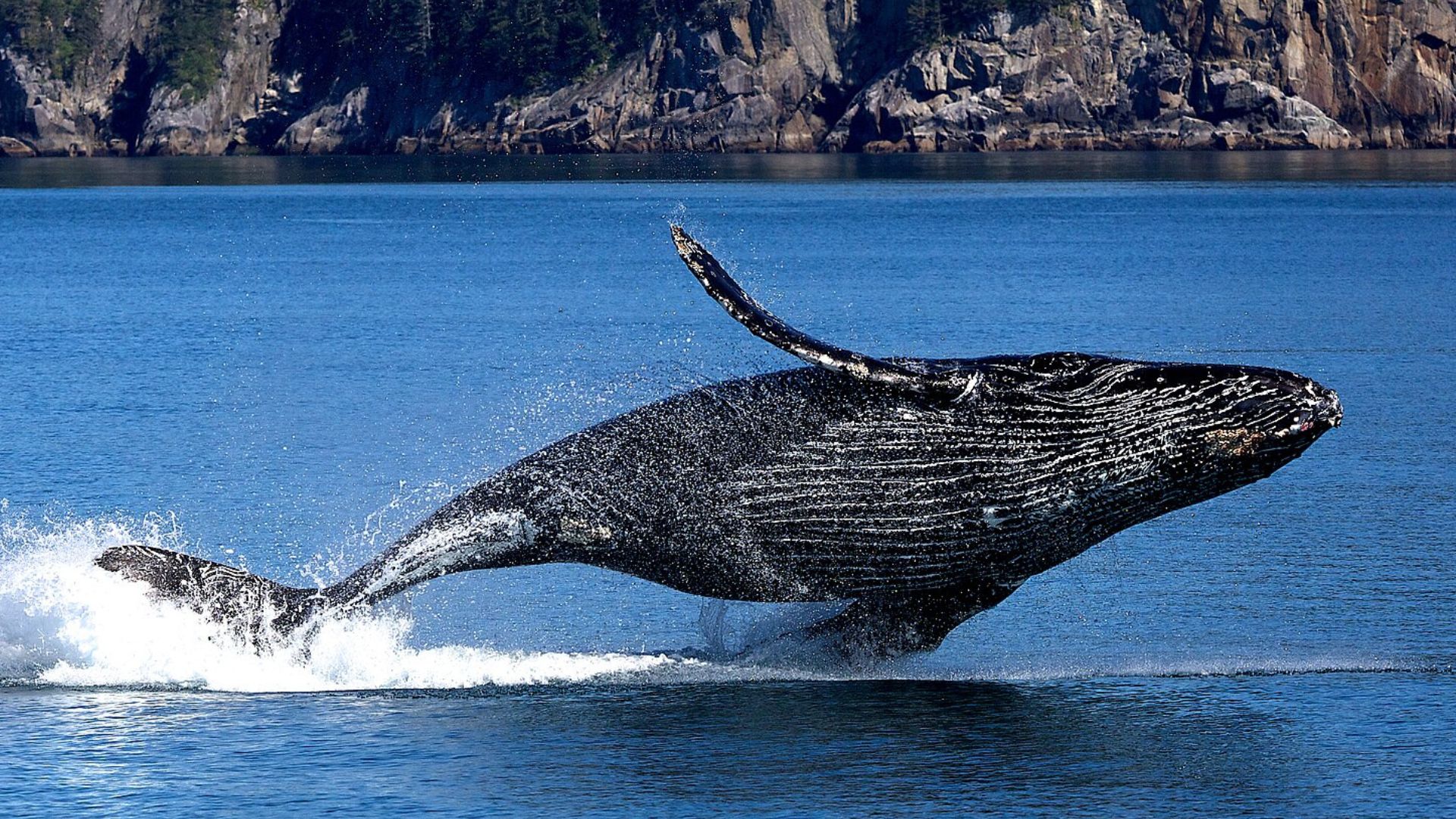
Whale fatalities were already on the rise well before this recent cluster of deaths.
This increase led NOAA to declare unusual mortality events among various whale species, including humpbacks, minkes, and North Atlantic right whales, as far back as 2016.
Analyzing the Data
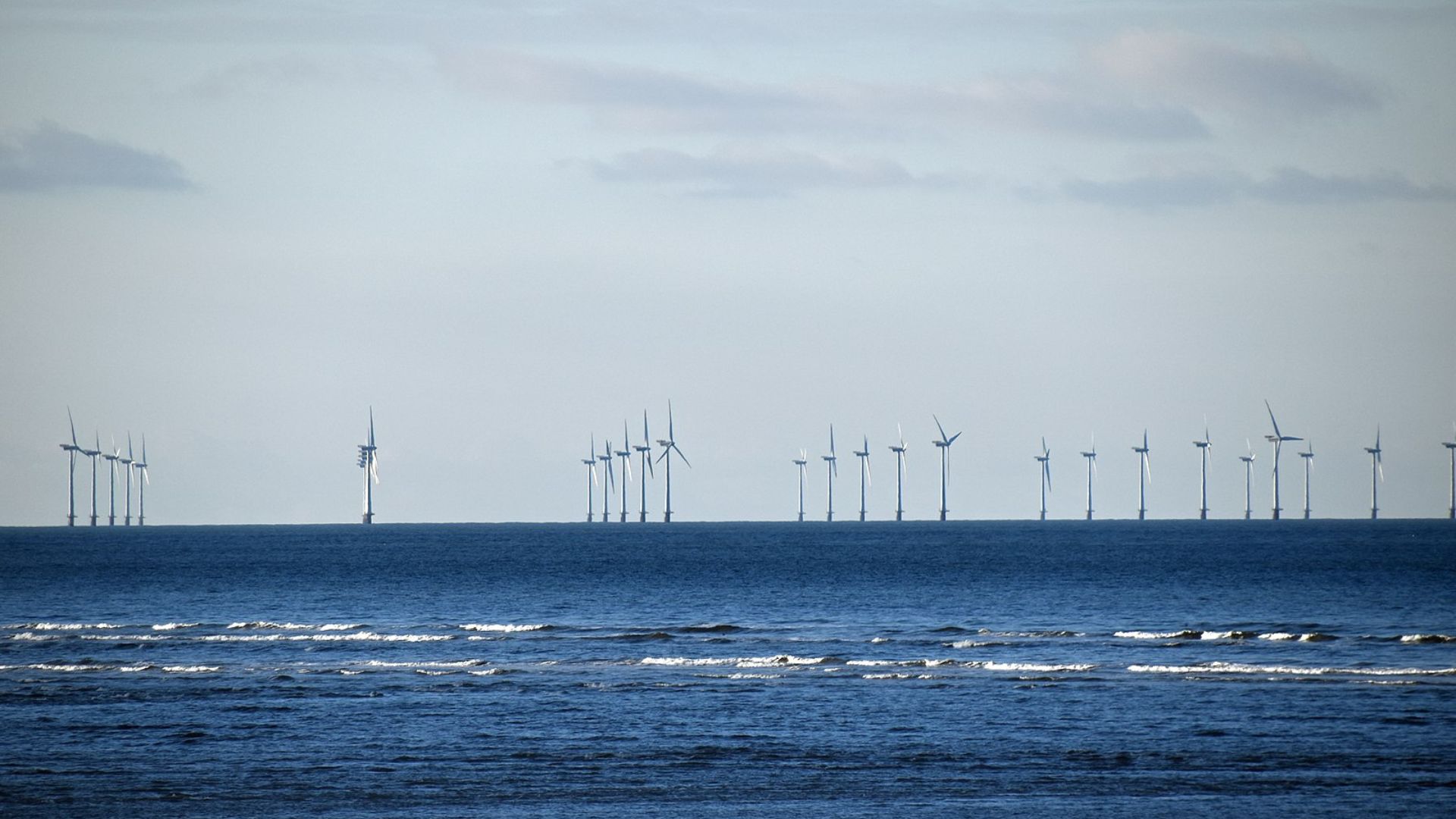
Gerasoulis points out that regions with heavy offshore wind survey activities see higher whale mortality rates.
His Luna system integrates data on whale deaths with the paths of survey vessels, suggesting a troubling overlap.
Taking Action
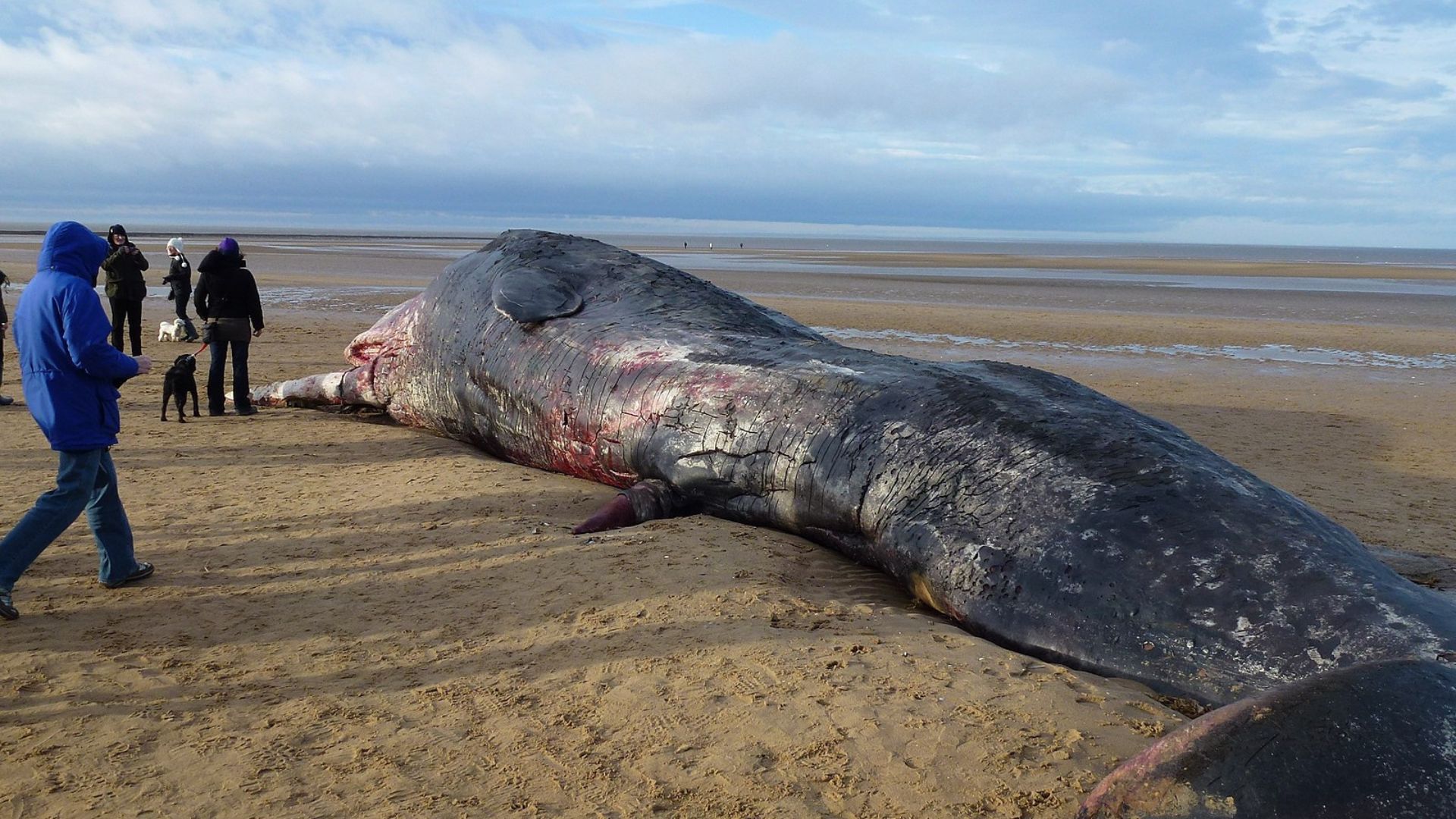
Compelled by his findings, Gerasoulis established “Save the East Coast.”
This is an initiative focused on the environmental impact of offshore wind projects on marine life and coastal communities.
Mapping the Problem
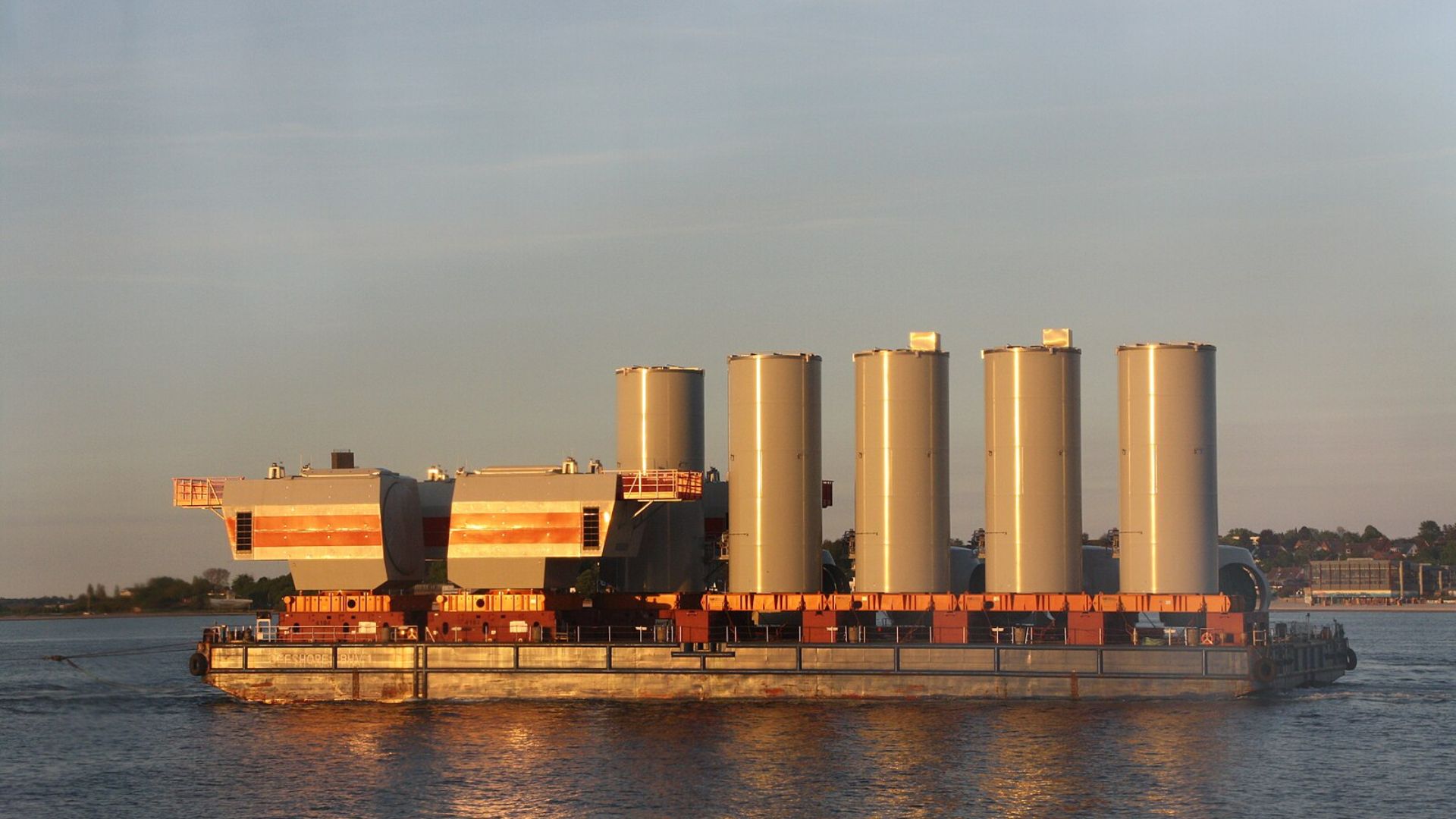
The Luna software system gathers and processes extensive data.
This data includes marine death records from NOAA and vessel traffic logs, to map out where whale deaths coincide with survey activities, providing visual evidence of the potential impact.
Questioning Previous Assumptions
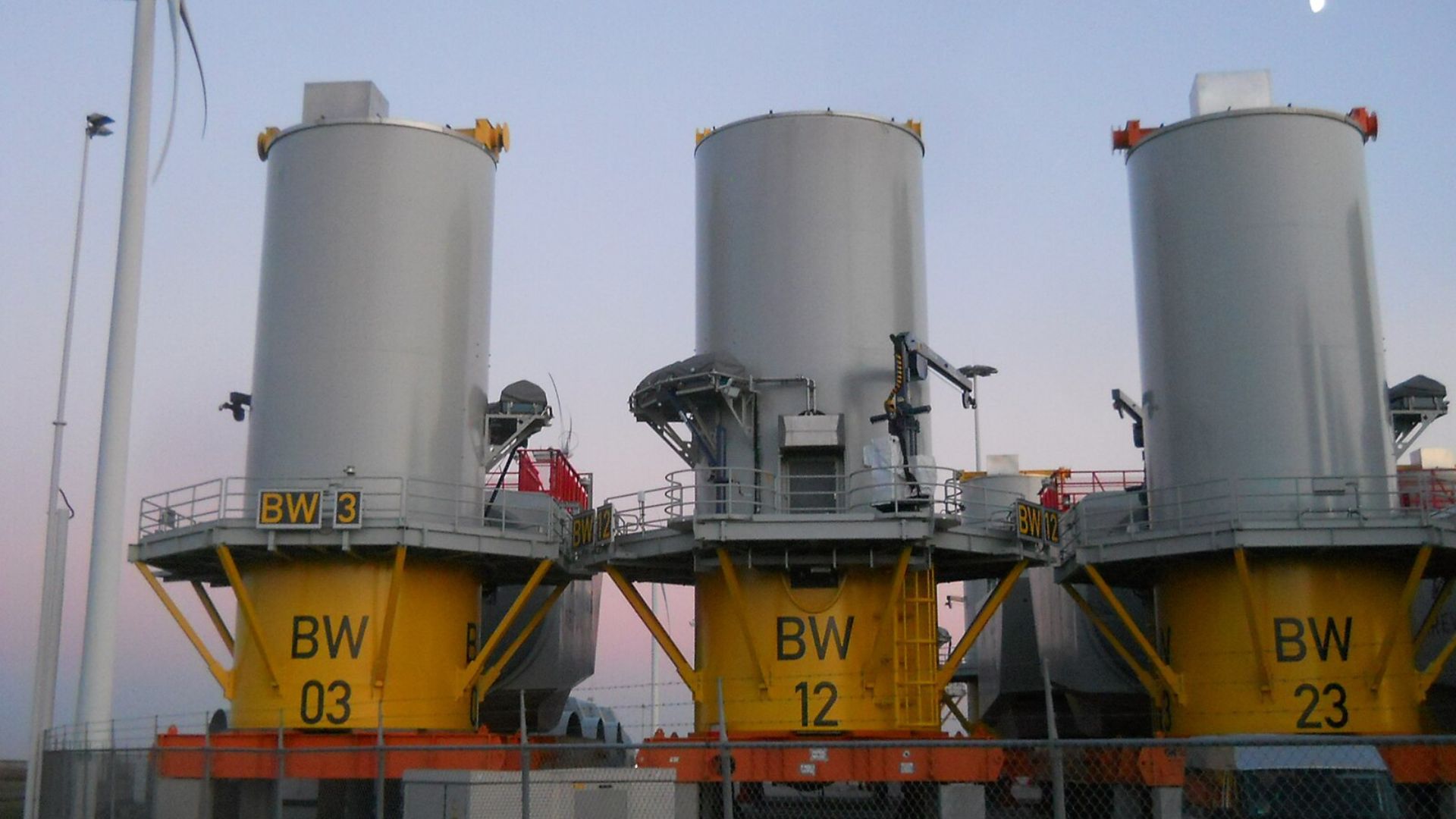
Contrary to expectations, Gerasoulis has discovered that periods with decreased shipping traffic have coincided with an increase in whale deaths.
His findings suggest factors other than shipping might be contributing to the problem.
Statistical Revelations
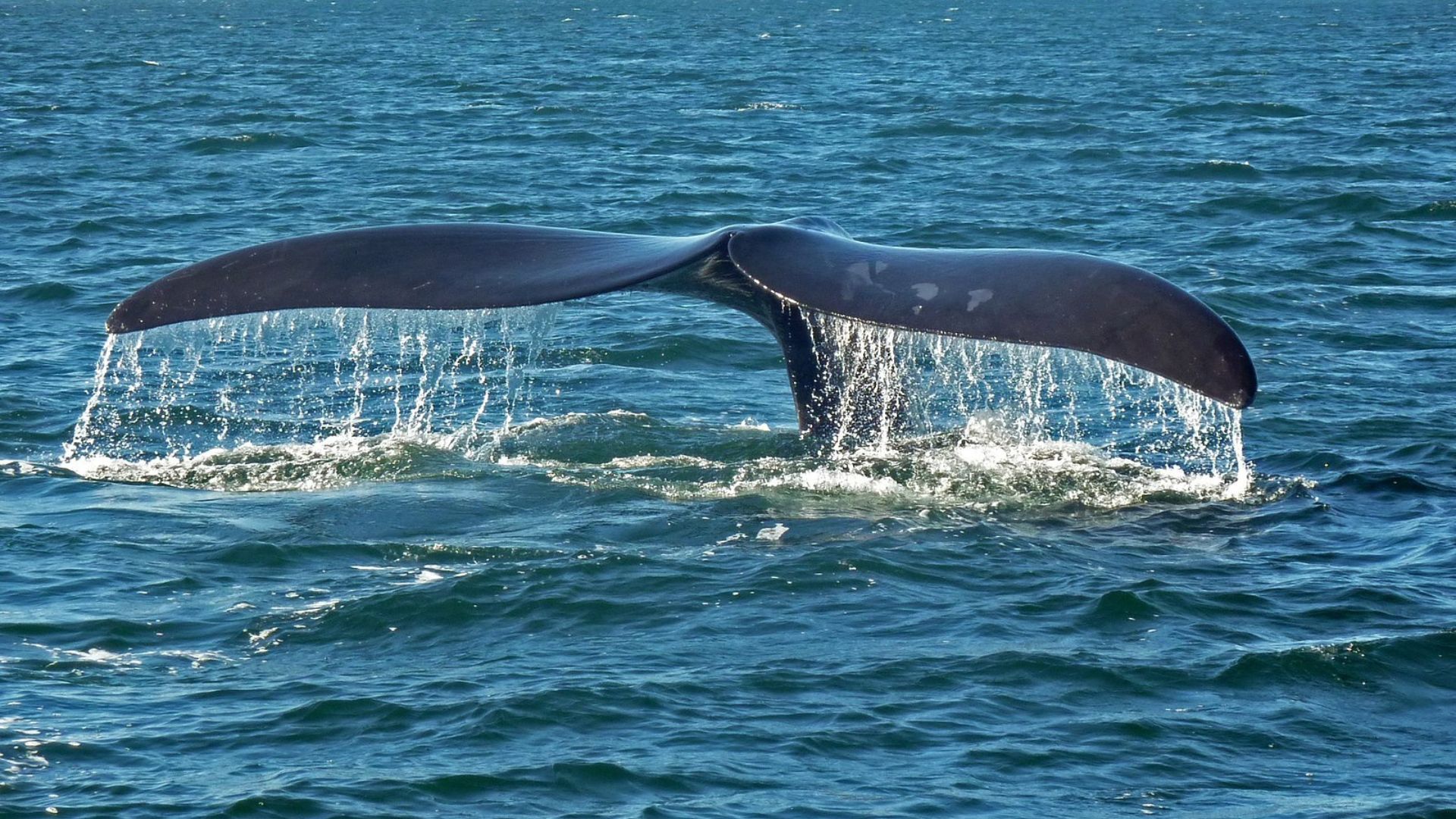
Statistical analyses by Gerasoulis reveal a significant correlation between the start of offshore wind surveys and the spike in whale deaths.
This indicates a direct impact rather than a coincidental occurrence.
A Call for Comprehensive Research

With the evidence mounting, Gerasoulis is calling for in-depth studies to fully understand the extent and nature of the impact offshore wind surveys have on marine life.
He stresses, “NOAA needs to investigate.”
